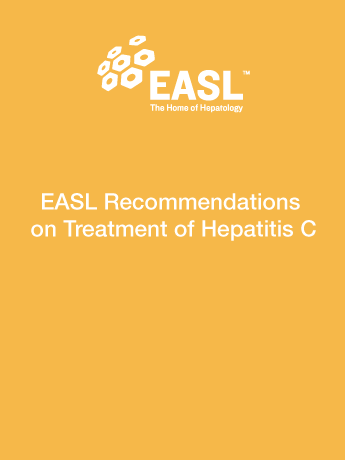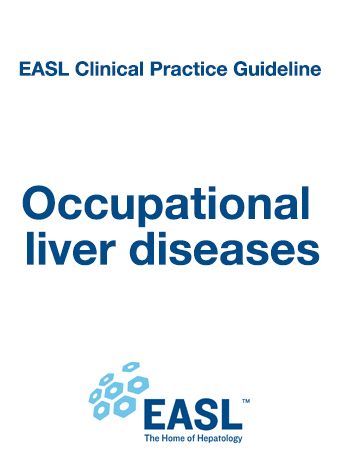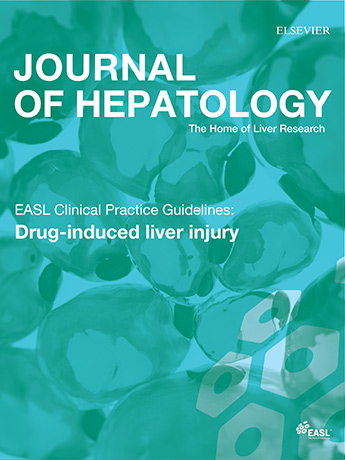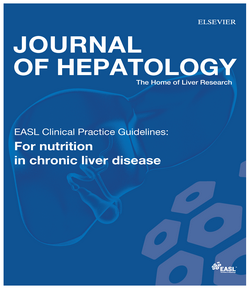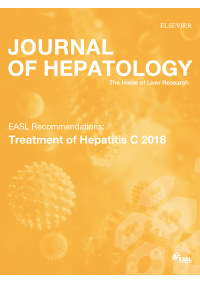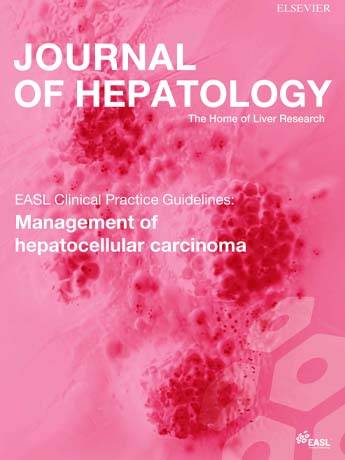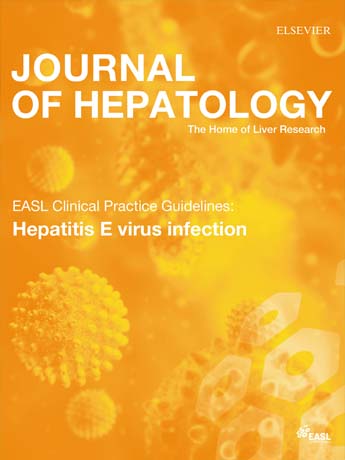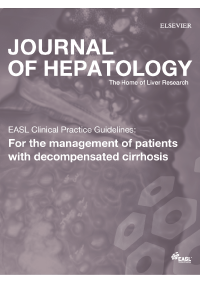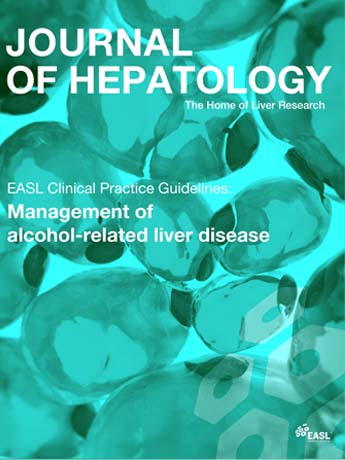EASL Clinical Practice Guidelines on non-invasive tests for evaluation of liver disease severity and prognosis – 2021 update
Non-invasive tests are increasingly being used to improve thediagnosis and prognostication of chronic liver diseases across aetiologies. Herein, we provide the latest update to the EASL Clinical Practice Guidelines on the use of non-invasive tests for the evaluation of liver disease severity and prognosis, focusing on the topics for which relevant evidence has been published in the last 5 years.


